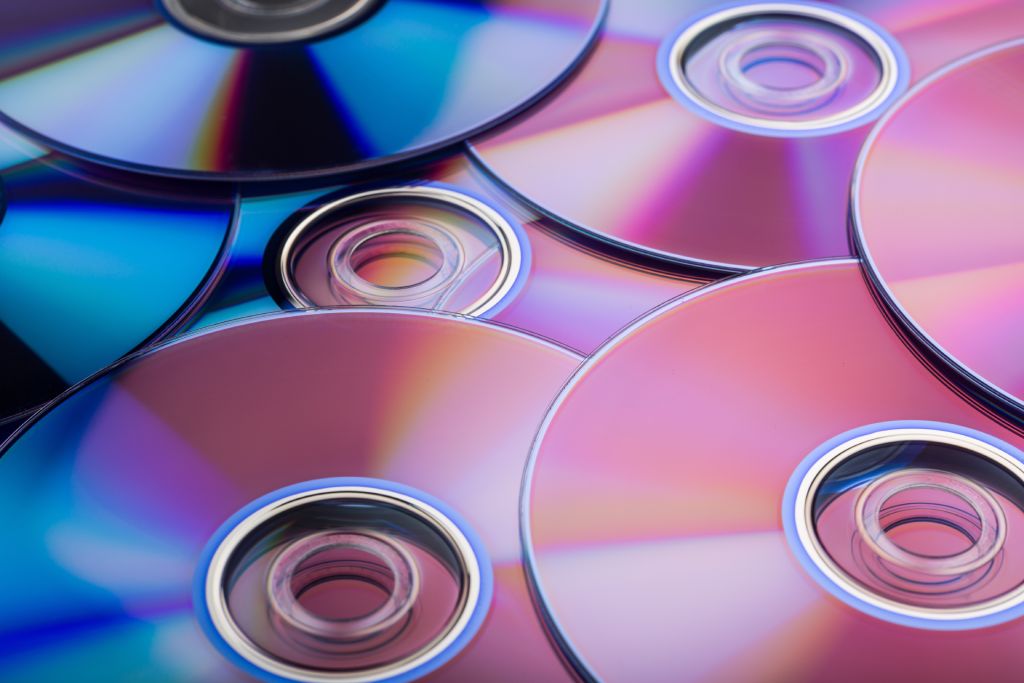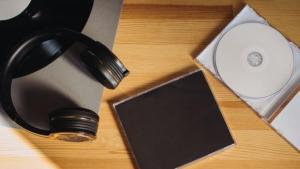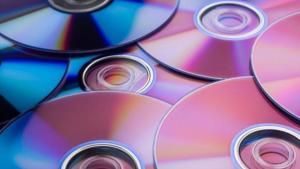What’s the Difference Between a DVD R and DVD?

DVDs are a popular way to store and watch movies or save data. Many people get confused between DVDs and DVD-Rs. Although they may seem similar, they have important differences. Knowing how each works can help you choose the right option.
This guide will explain what makes a DVD and DVD-R different.
What Is the Difference between DVD and DVD-R?
A DVD, or Digital Versatile Disc, is a round, flat disc that stores large amounts of data. People use it to watch movies, play video games, or install software.
It can hold up to 4.7-GB of data on a single layer. Some DVDs have two layers, which doubles the storage space. Dual layer discs can store 8.5-GB. A regular DVD is read-only. You can’t change or add new data to it.
A DVD-R is a type of disc that lets you record data once. After you write data on it, you can’t erase or rewrite it. It means “DVD Recordable” and Pioneer developed this technology.
People use DVD-R discs to save videos, files, or backups. Like a standard DVD, each disc can store up to 4.7 GB of data. Most DVD players and drives can read DVD-R discs without issue. DVD-R discs are useful for creating custom videos, music collections, or data archives.
Here’s a quick rundown of their key differences:
- Data Recording: Manufacturers embed data permanently on a regular DVD during the molding process. Users cannot change or add data to it. A laser writes data onto the dye layer of a DVD-R. After writing, the data stays permanent, and no one can erase or modify it.
- Wobble Frequency for Tracking: The DVD-R groove wobbles at about 140.6 kHz. The wobble helps the laser stay aligned and control the disc’s rotation speed during recording. Regular DVDs do not need a wobble system because they come with pre-recorded data.
- Reusability: Users cannot reuse either a regular DVD or a DVD-R. Once written, the data stays fixed on both disc types.
- Uses: Companies use regular DVDs to distribute movies, software, and video games. People use DVD-Rs to store custom data, such as videos, backups, and personal files and are used for short run production.
What Does a DVD+R and DVD-R Mean?
You might wonder “what does the feature DVD+R mean” when exploring the best option for you. Both DVD-R and DVD+R are recordable discs, but they use different technologies.
Here’s a comparison of key differences:
- Wobble Frequency and Data Tracking: DVD-R uses a continuous wobble groove with a frequency of about 140.6 kHz. This helps the laser stay aligned and control disc rotation speed. DVD+R uses a more advanced system. It embeds additional address data (ADIP) into the wobble for greater precision and stability.
- Compatibility: Because of its simpler wobble system, older DVD players and burners might support DVD-R more reliably. DVD+R was designed later and may not work well on older devices.
- Error Correction: DVD+R has better error correction than DVD-R. It’s more stable during the burning process, especially at higher speeds.
- Usage: Both formats hold the same amount of data (4.7 GB) and are designed for one-time recording. The choice between them often depends on device compatibility.
Explore Your Media Storage Options
Choosing the best storage solutions for your digital media can be tricky. Our expert guide can help you determine what’s best for you. Learn which DVD format suits your needs—click here to explore more!



